
Imagine a land where the sun never sets in summer and barely rises in winter. The Arctic, a frozen wonderland, is home to some of the most majestic creatures on Earth. From the iconic polar bear to the elusive Arctic fox, these animals have adapted to one of the harshest environments imaginable. What makes these creatures so fascinating? Could it be their incredible survival skills or their striking beauty? Join us on a journey through the icy tundra and discover 15 of the Arctic’s most awe-inspiring inhabitants. Get ready to be amazed by the resilience and splendor of these Arctic animals!
1
of 15
Polar Bear
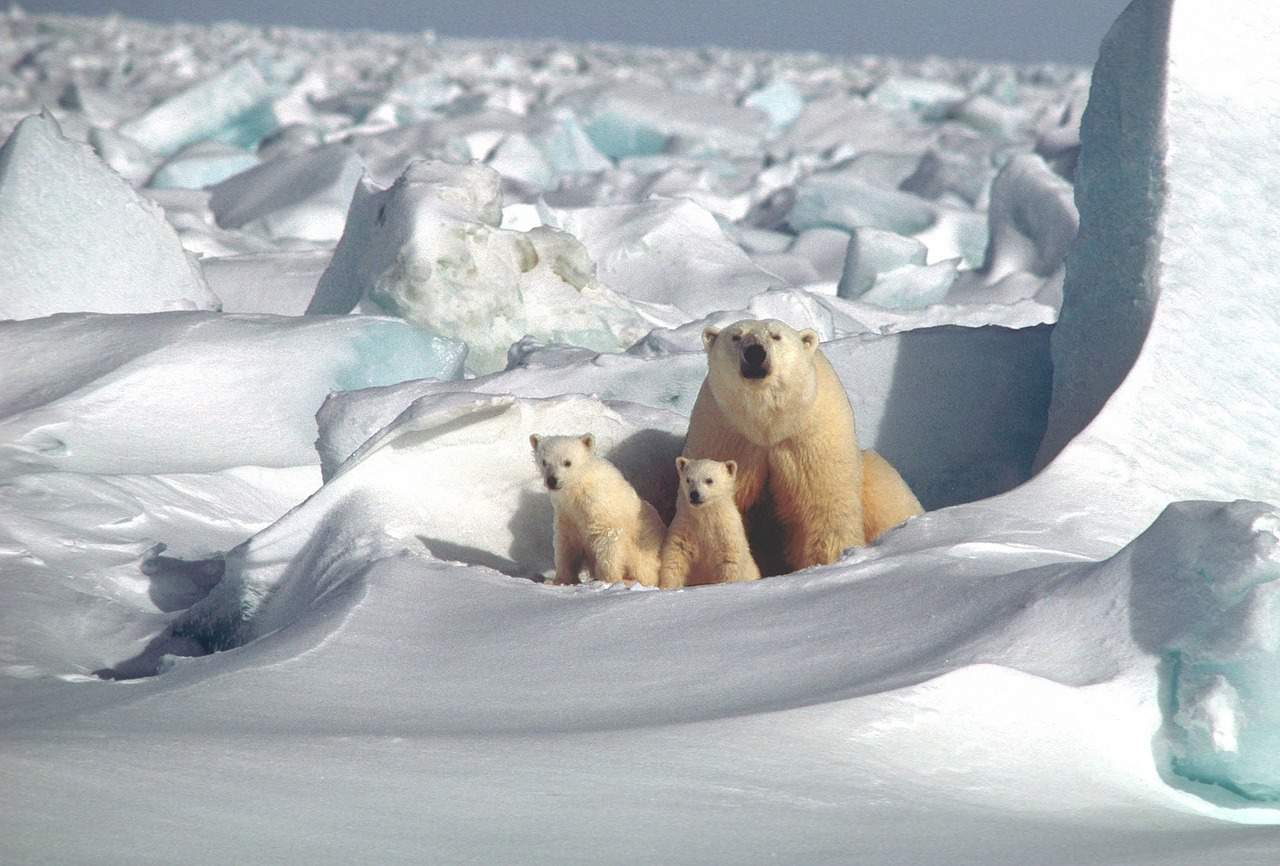
Discover a treasure trove of heartwarming and surprising facts about polar bears that’ll make you see these magnificent Arctic creatures in a whole new light. From their unique adaptations for surviving harsh climates to their playful behavior and familial bonds, each fact highlights the charm and resilience of these incredible animals. Perfect for nature enthusiasts and curious minds alike, this collection promises to captivate your imagination and deepen your appreciation for one of the Arctic’s most iconic inhabitants. Dive into the fascinating world of polar bears and be prepared to be amazed by their extraordinary lives.
Read More About Polar Bear: Polar Bear Facts
2
of 15
Arctic Fox

Arctic foxes, with their thick fur and bushy tails, are perfectly adapted to survive in one of Earth’s harshest environments. They sport a stunning white coat during winter, blending seamlessly with snow and ice, then switch to a brownish-gray shade as summer rolls in. These small but mighty creatures are known for their keen hunting skills and ability to endure frigid temperatures. From scavenging leftovers of larger predators to hunting rodents beneath the snow, they have mastered the art of survival. Their playful nature and incredible resilience make them one of the Arctic’s most captivating inhabitants.
Read More About Arctic Fox: Arctic Fox Facts
3
of 15
Snowy Owl

Snowy owls are fascinating creatures native to the Arctic tundra. Known for their striking white feathers and piercing yellow eyes, these birds blend perfectly into their snowy surroundings. Unlike many owls, snowy owls hunt during the day, taking advantage of the Arctic’s endless summer daylight. They primarily feed on lemmings but aren’t picky eaters; they’ll snatch up other small animals when necessary. Despite their majestic appearance, snowy owls face challenges, including climate change and habitat disruption. Their remarkable adaptability and resilience make them a captivating species to study and admire, embodying the raw beauty and harshness of the Arctic wilderness.
Read More About Snowy Owl: Snowy Owl Facts
4
of 15
Walrus
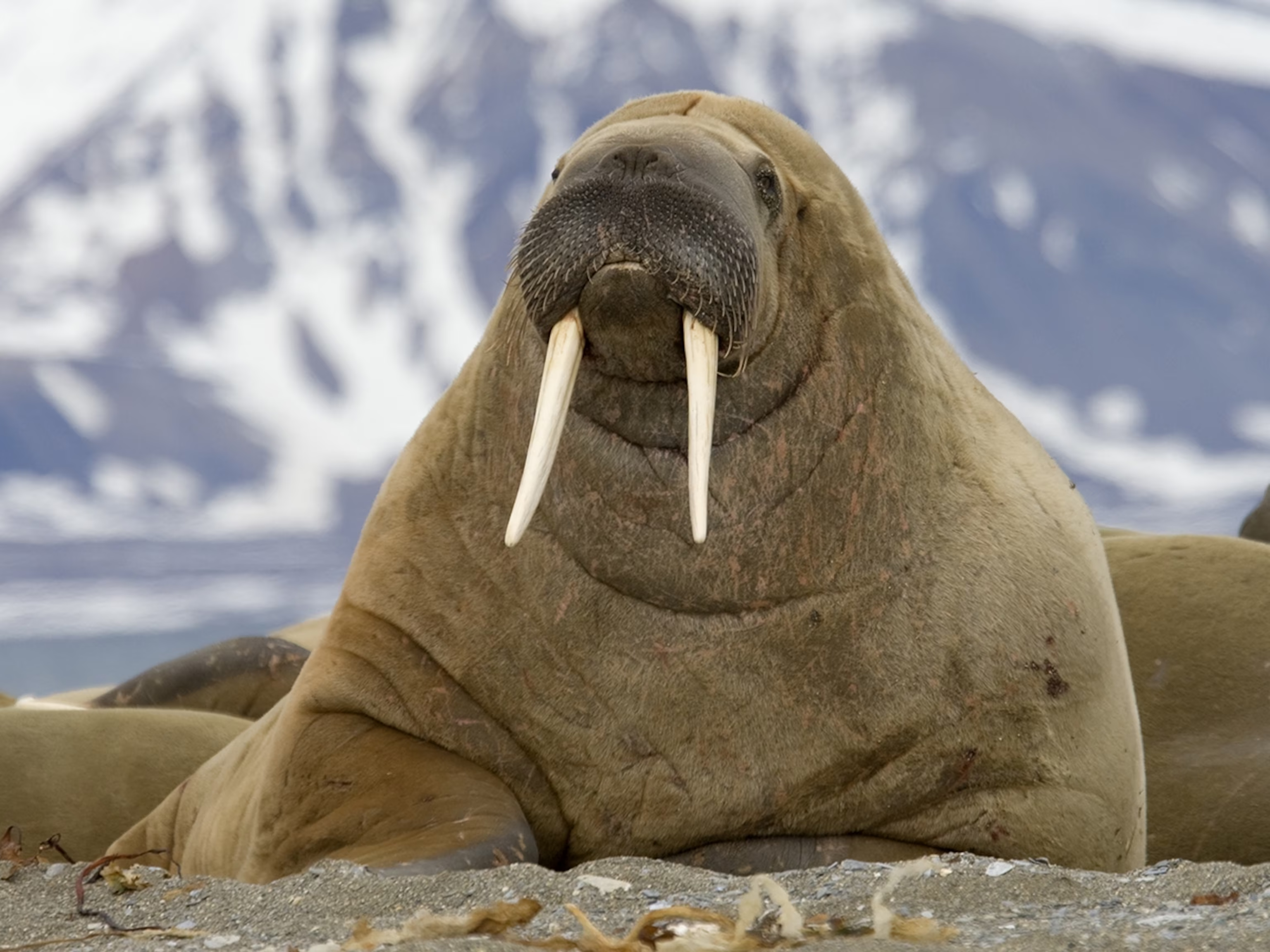
Walruses are fascinating creatures renowned for their massive tusks, blubbery bodies, and social nature. Found sprawling on Arctic ice or diving deep for clams, they’re essential to the region’s ecosystem. These marine mammals sport whiskers that help them detect food on the ocean floor. Despite their hefty size, walruses are excellent swimmers, using their flippers to propel through icy waters. They often gather in large groups, bellowing and grunting to communicate. Their tough, wrinkly skin provides insulation against freezing temperatures. Observing a walrus colony can be awe-inspiring, showcasing their unique blend of strength, grace, and community spirit.
Read More About Walrus: 12 Facts About Walrus
5
of 15
Narwhal
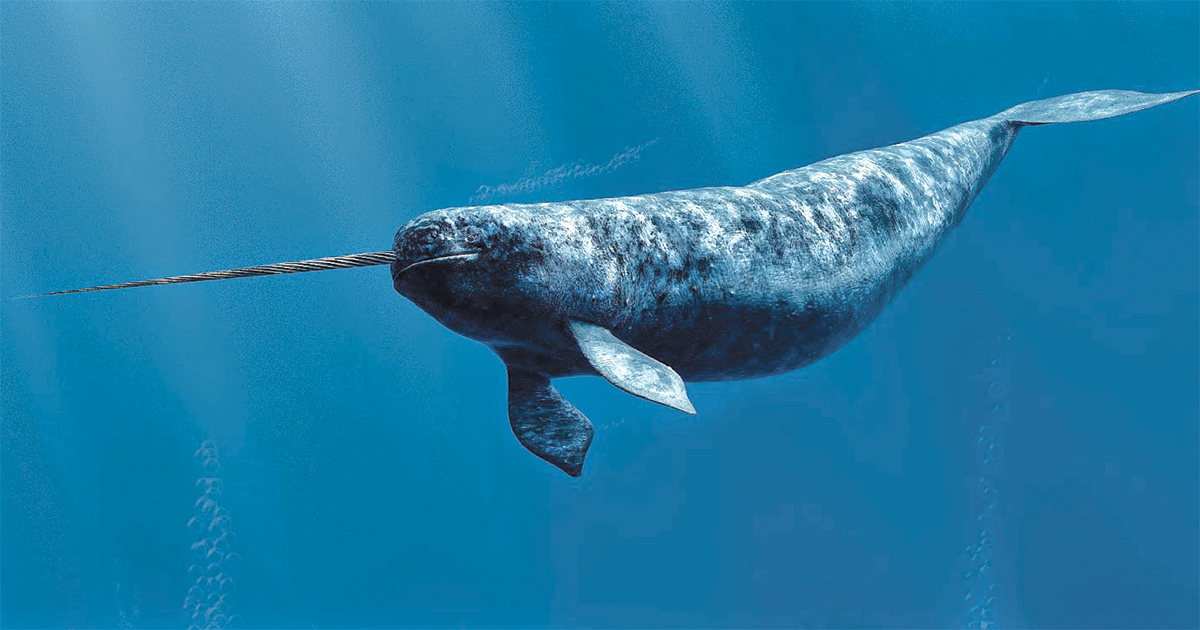
Narwhals, often called the unicorns of the sea, are one of the Arctic’s most fascinating creatures. These mysterious mammals sport a long, spiral tusk that’s actually an elongated tooth. Found in the icy waters of the Arctic, narwhals are elusive and intriguing, drawing curiosity for centuries. They use clicks, whistles, and knocks to communicate and navigate their dark, icy home. Known for their distinctive appearance and unique behaviors, these whales are a true marvel in the animal kingdom. Their presence adds a touch of magic to the already enchanting Arctic landscape, leaving anyone who learns about them utterly captivated.
Read More About Narwhal: 12 Facts About Narwhals
6
of 15
Beluga Whale
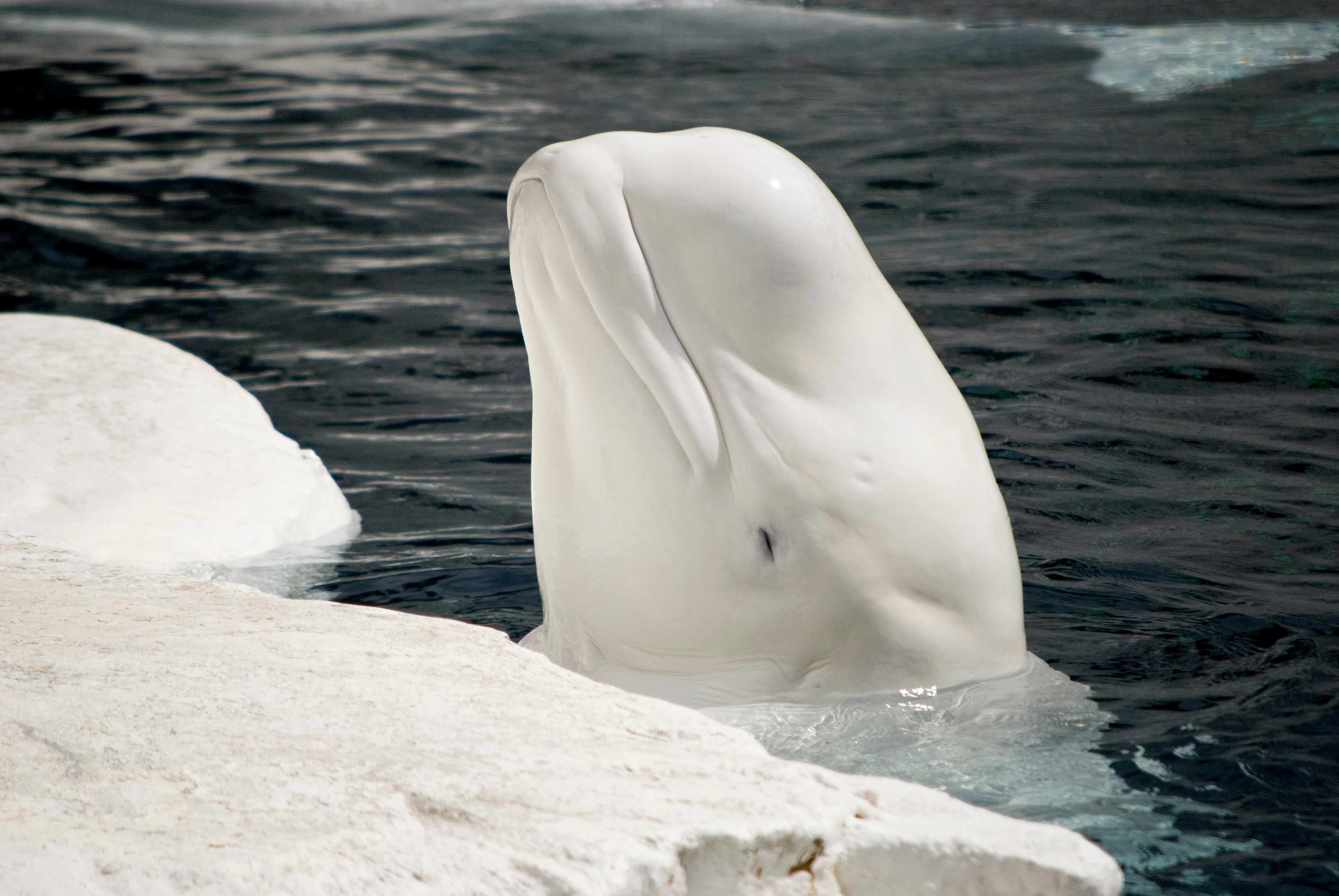
Beluga whales are one of the most delightful creatures that call the Arctic home. With their striking white color and expressive faces, these whales are bound to grab anyone’s attention. Known for their friendly nature and vocal abilities, belugas can mimic a variety of sounds, making them the “canaries of the sea.” Their blubber helps them survive the frigid Arctic waters, and their unique physiology, including the absence of a dorsal fin, aids in navigating icy environments. An endearing sight, these sociable whales often swim close to shore, offering lucky onlookers a chance to witness their playful antics up close.
Read More About Beluga Whale: Beluga Whale Facts
7
of 15
Arctic Hare
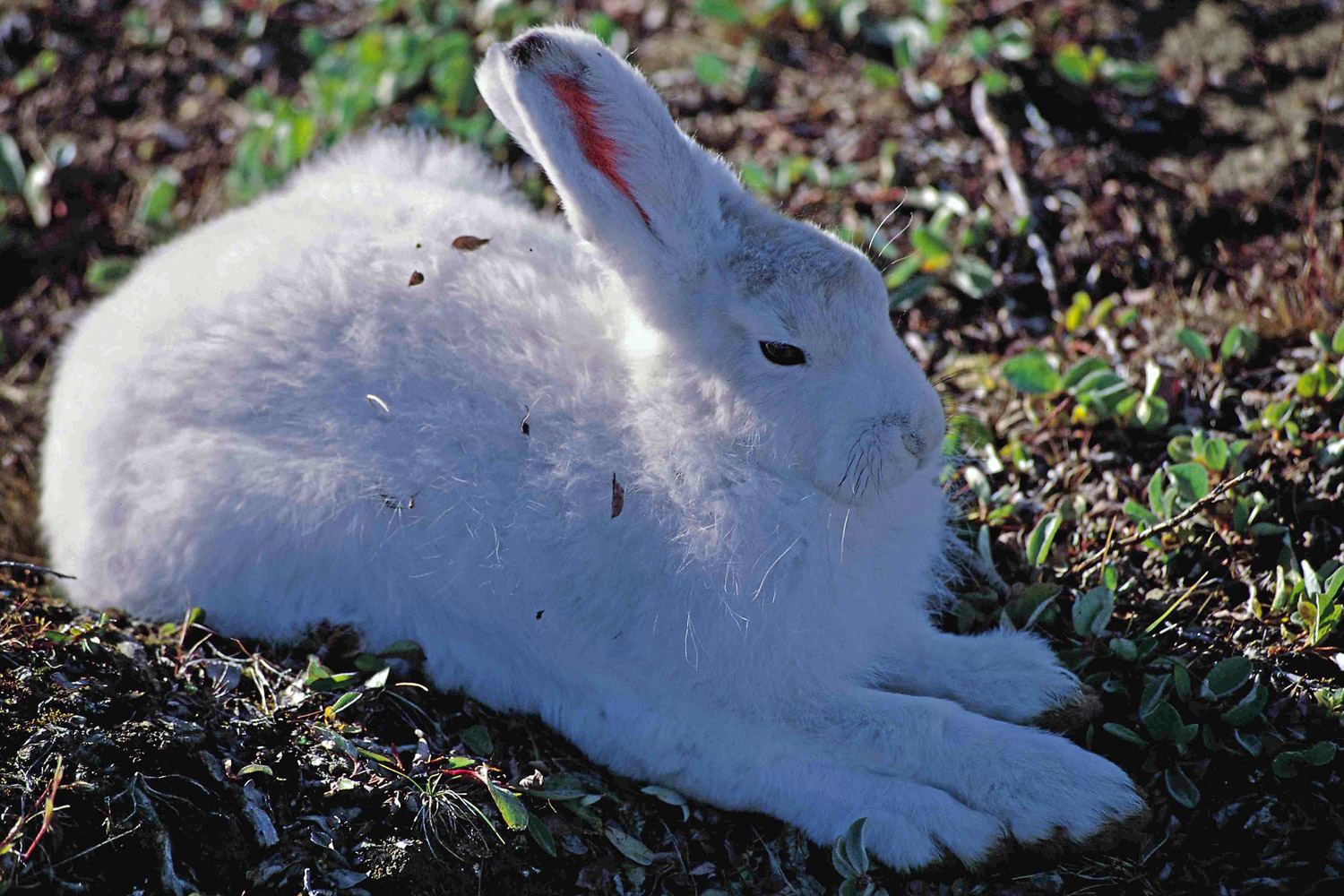
Arctic hares, known for their incredible adaptability, thrive in one of the harshest environments on Earth. These remarkable creatures sport thick fur and a compact body to withstand frigid temperatures. Rapid runners, they can reach speeds of up to 40 miles per hour, escaping predators with ease. Their seasonal fur changes color, blending seamlessly with snow in winter and tundra in summer. Living in large groups or alone, their diet includes woody plants, mosses, and lichens. With long ears and powerful hind legs, Arctic hares showcase nature’s ingenuity in surviving the unforgiving Arctic wilderness. Fascinating, resilient, and well-adapted, they’re true Arctic marvels.
Read More About Arctic Hare: 10 Arctic Hare Fun Facts
8
of 15
Musk Ox
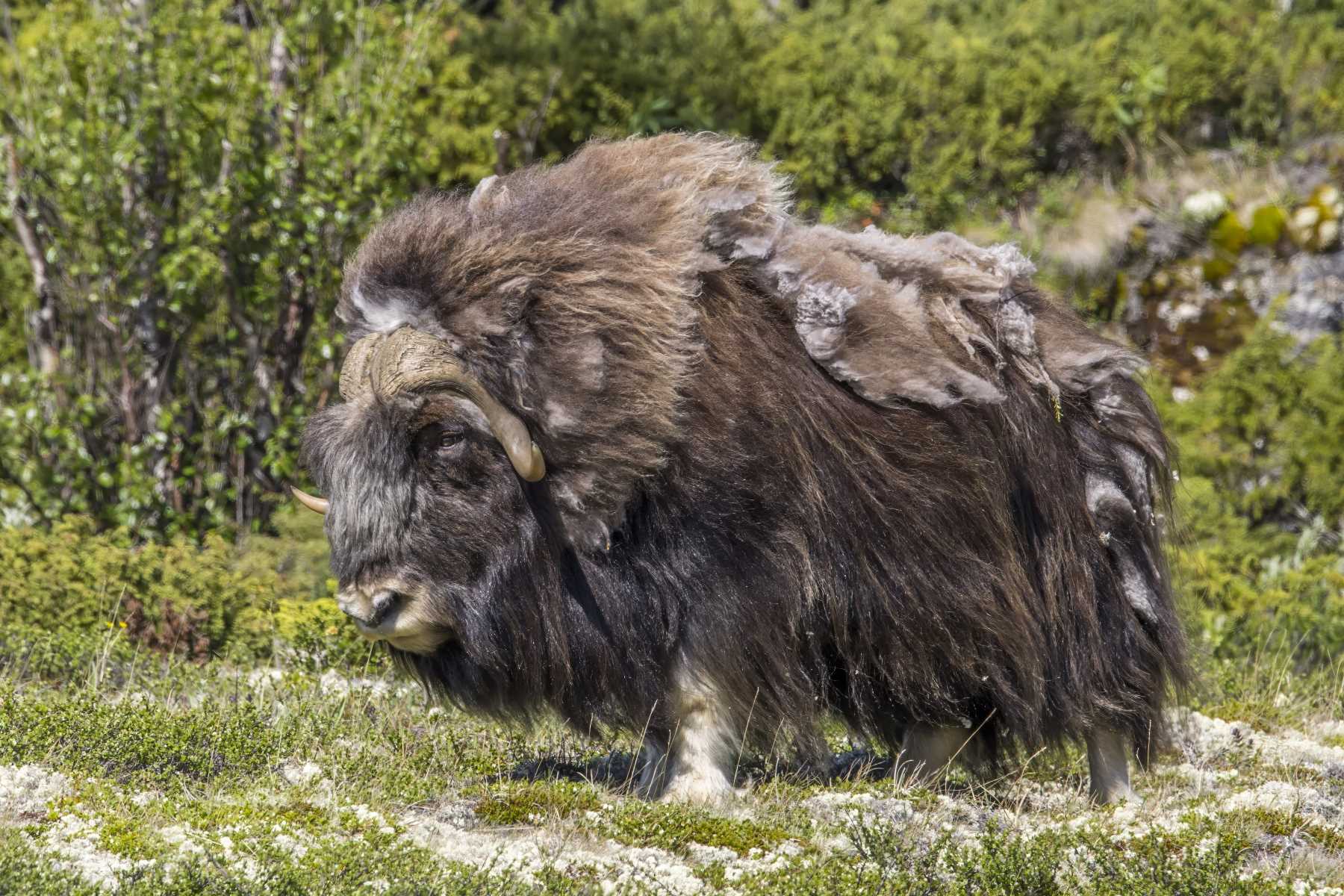
Musk oxen, with their shaggy coats and curved horns, are fascinating creatures built to endure icy Arctic environments. These majestic animals, resembling a mix between buffalo and goats, thrive in harsh conditions where few others can. Known for their thick fur that helps insulate them against frigid temperatures, musk oxen live in herds for protection and warmth. Their unique social structure, impressive survival strategies, and tenacity make them a truly remarkable species in the Arctic wilderness. Click the link to learn more about these resilient animals and their extraordinary adaptations.
Read More About Musk Ox: 35 Amazing Musk Oxen Facts
9
of 15
Caribou
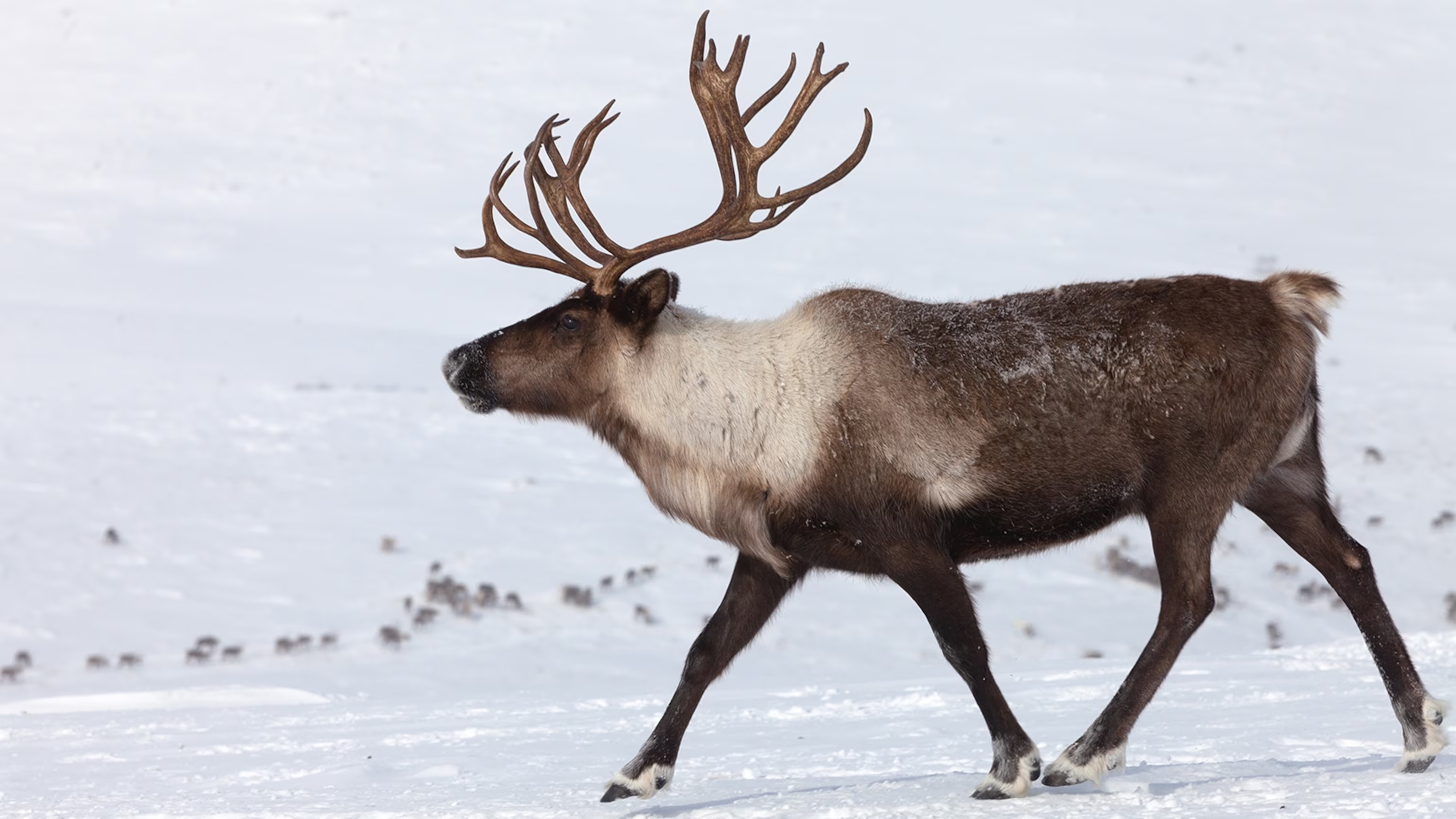
Caribou, also known as reindeer in Europe, are fascinating creatures that roam the Arctic tundra and boreal forests. With their thick fur and large, branching antlers, they’re well-adapted to the harsh, cold climates. These majestic animals undertake one of the longest migrations of any land mammal, traveling thousands of miles each year. Caribou play a crucial role in Indigenous cultures, providing food, clothing, and tools. Their diet primarily consists of lichens, especially during winter months. Spotting a herd of caribou grazing or on the move is truly a sight to behold in the Arctic wilderness.
Read More About Caribou: 12 Facts About Caribou
10
of 15
Harp Seal
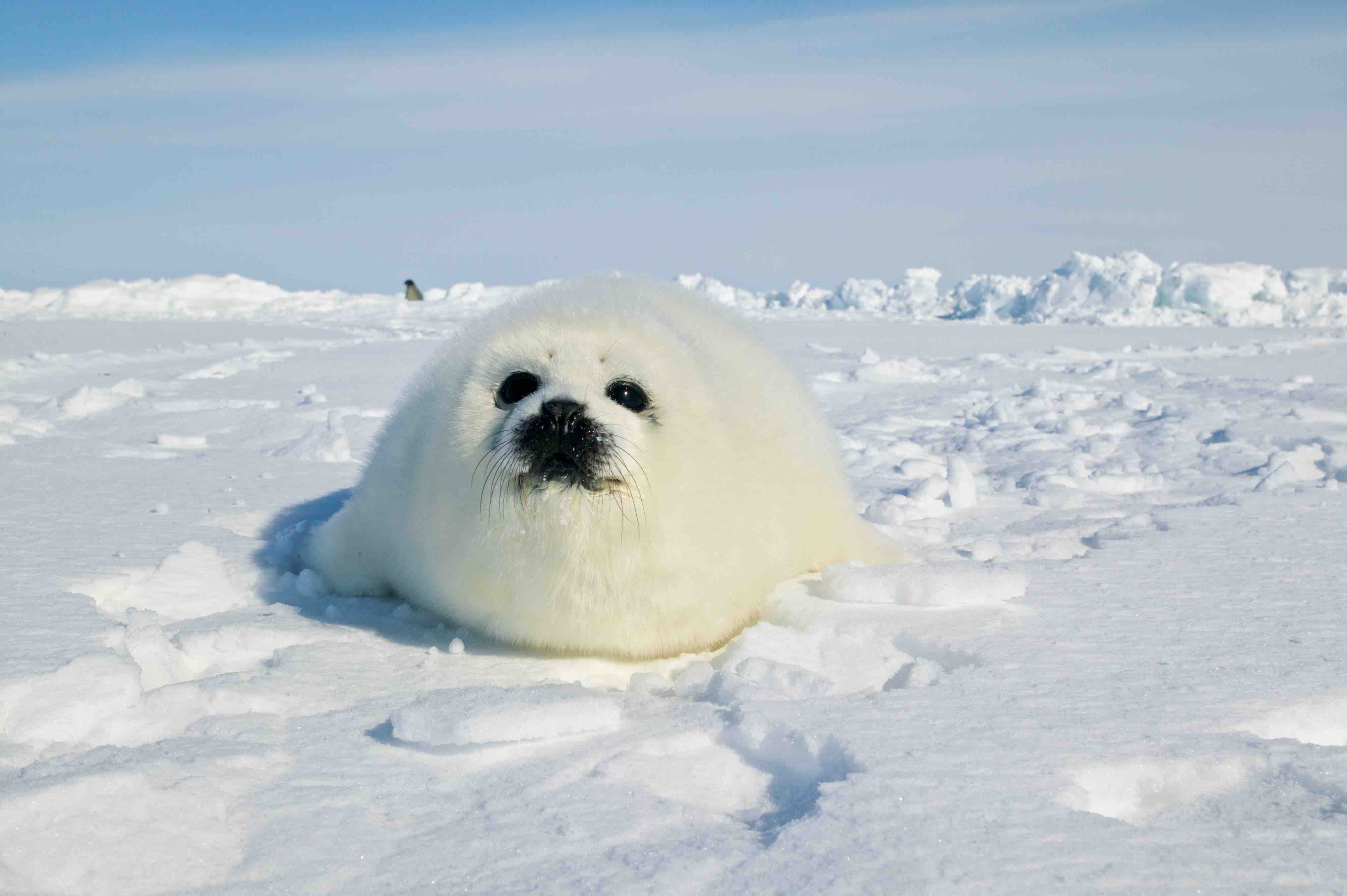
Harp seals are charming Arctic dwellers, known for their sleek bodies and playful nature. Born with fluffy white fur, these pups blend perfectly into their icy environment, making them nearly invisible to predators. As they grow, their fur darkens, and they develop the characteristic harp-shaped markings on their backs. Harp seals are incredible swimmers, diving deep into icy waters to hunt for fish and crustaceans. They communicate using a range of vocalizations and are highly social, often seen frolicking in large groups. Their resilience and adaptability make them a fascinating subject for anyone curious about Arctic wildlife.
Read More About Harp Seal: Harp Seal Facts
11
of 15
Arctic Wolf
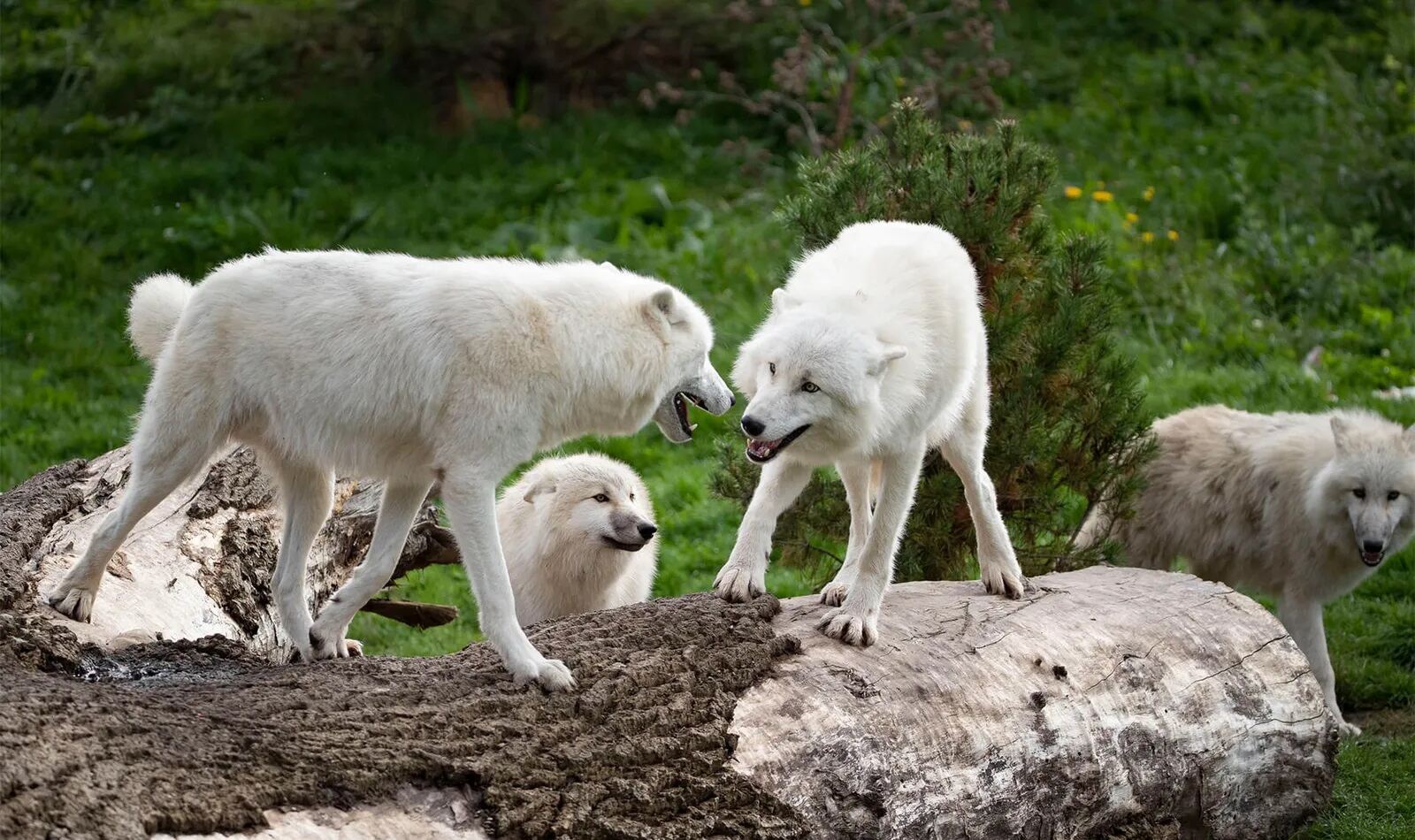
Arctic wolves, also known as white wolves or polar wolves, are stunning and resilient creatures adapted to survive in one of the harshest environments on Earth. With thick fur and a compact build, they endure freezing temperatures and scarce food sources. These wolves primarily inhabit the Arctic regions of North America and Greenland. Unlike their southern cousins, they have smaller ears and shorter muzzles, reducing heat loss. Living in packs, Arctic wolves work together to hunt muskoxen, Arctic hares, and lemmings. Their social behavior, adaptability, and striking appearance make them a fascinating subject in the world of Arctic wildlife.
Read More About Arctic Wolf: 18 Interesting Facts About The Arctic Wolf
12
of 15
Puffin
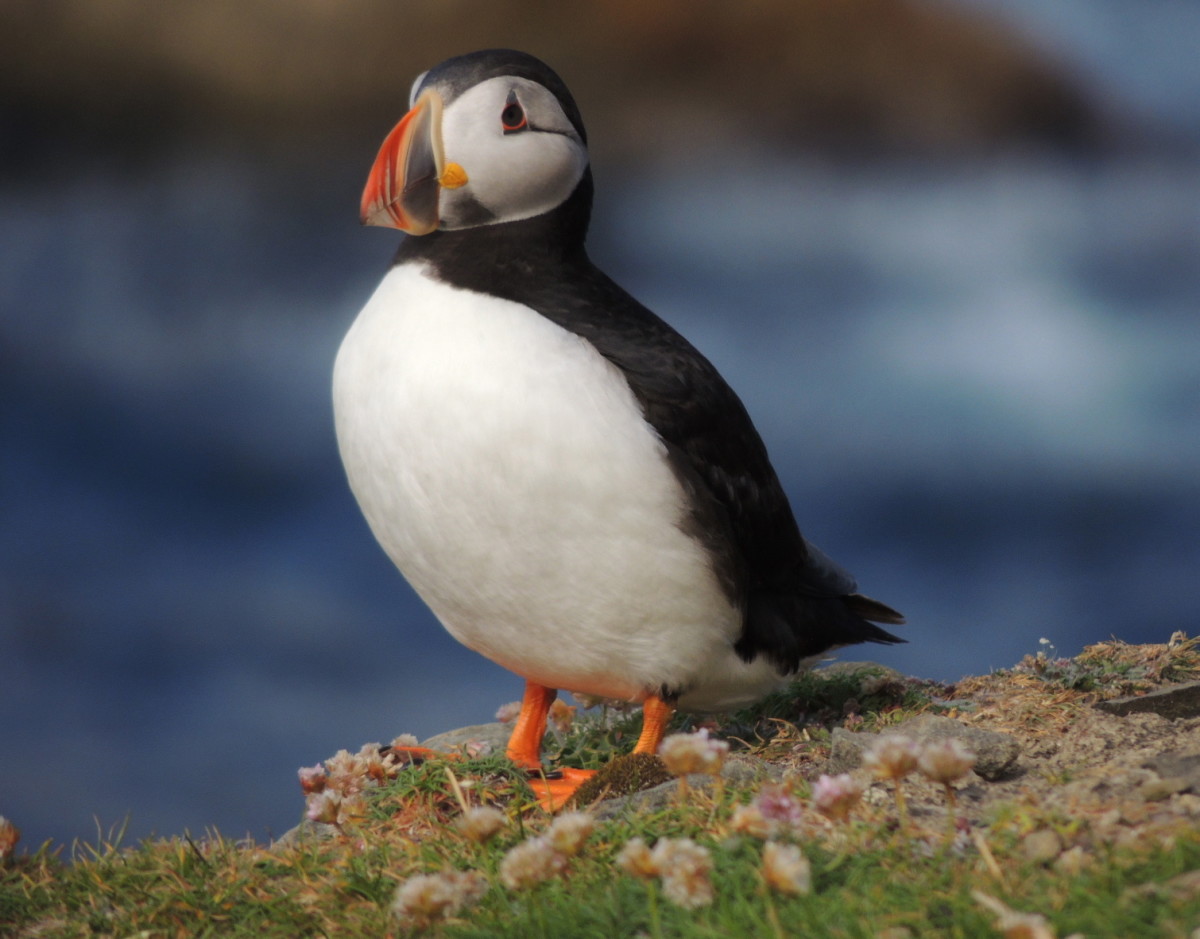
Puffins, those charming Arctic seabirds with their colorful beaks and comical waddle, are a sight to behold. They’re expert divers, using their wings to swim underwater while hunting for fish. Not only do they charm with their appearance, but their behavior is fascinating, too. Puffins live in large colonies on coastal cliffs, where they dig burrows for their nests. These birds are also incredibly social, often seen interacting with their mates and neighbors. Their unique lifestyle and striking looks make them one of the most captivating creatures of the Arctic. For more fun and intriguing details, check out the full article!
Read More About Puffin: 17 Great Puffins Facts
13
of 15
Ringed Seal
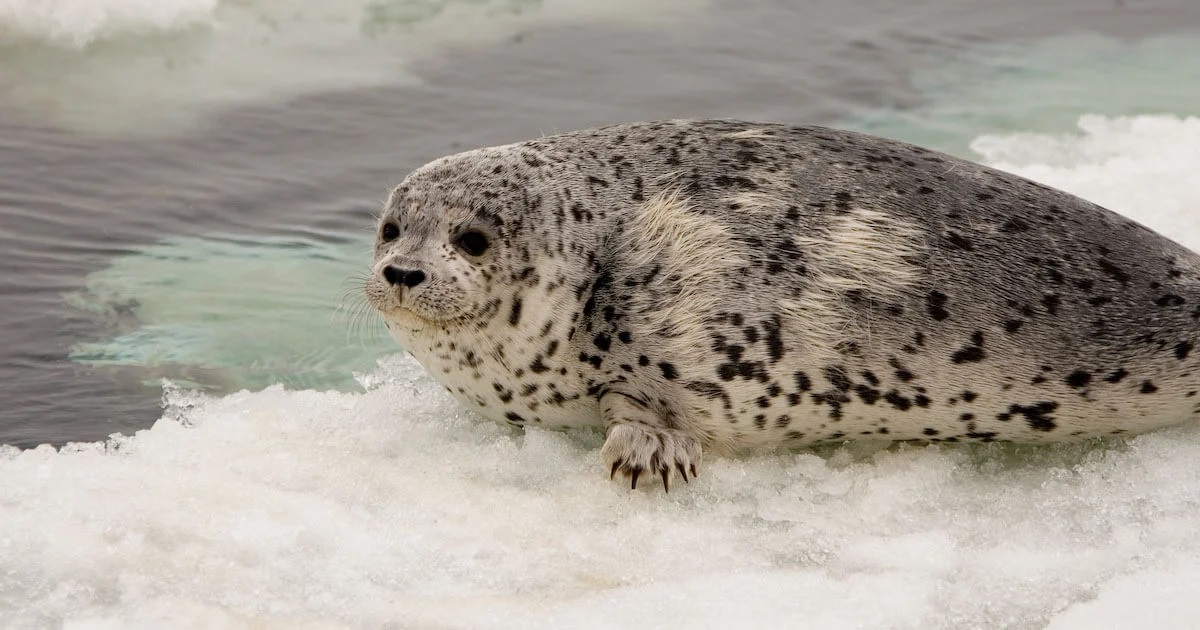
Ringed seals are fascinating creatures of the Arctic with unique adaptations that help them thrive in icy waters. These small seals, identifiable by the distinctive ring patterns on their fur, are expert divers and can hold their breath for a remarkable duration. They primarily feed on fish and invertebrates and are a crucial part of the Arctic food web, serving as prey for polar bears. Often solitary, they give birth on ice, creating lairs to protect their pups from predators and harsh weather. Their ability to survive in extreme conditions makes them one of the Arctic’s most intriguing inhabitants.
Read More About Ringed Seal: 10 Ringed Seal Facts
14
of 15
Lemming
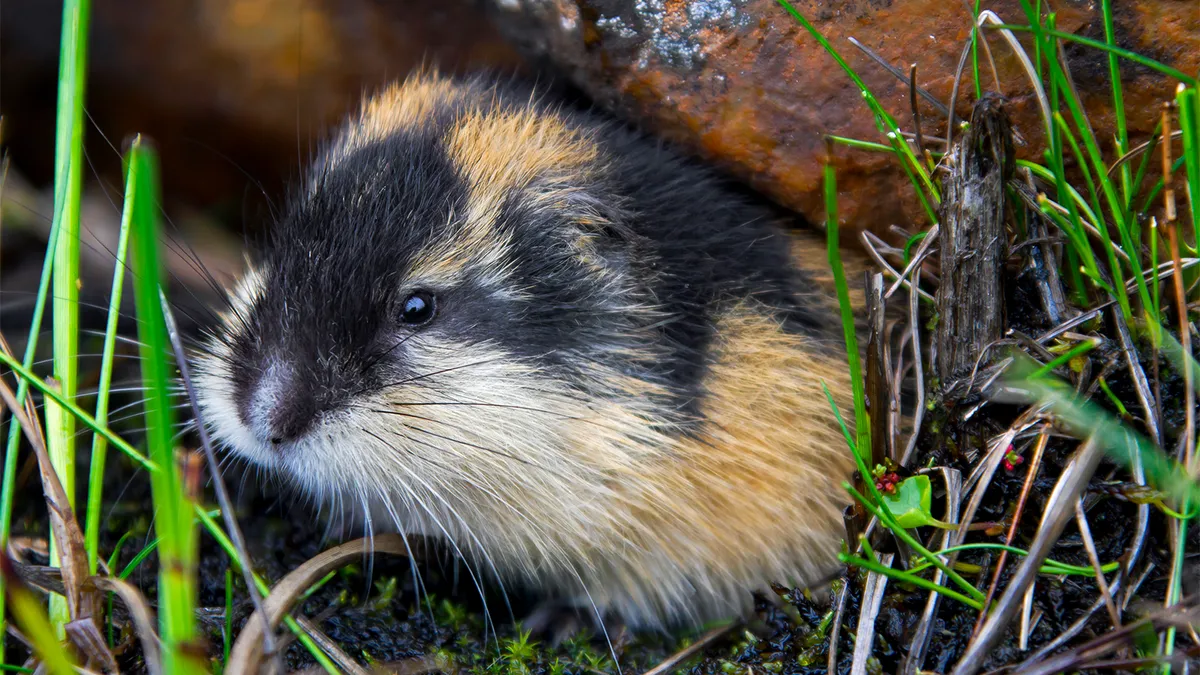
Lemmings, small rodents found in the Arctic tundra, lead fascinating lives. They’re known for their dramatic population booms. Despite myths, they don’t purposefully jump off cliffs. Their thick fur and burrowing habits help them survive frigid temperatures. These herbivores primarily eat grasses, roots, and mosses. Natural predators include snowy owls, foxes, and wolves. Lemmings communicate with a series of high-pitched squeaks. Their short, stubby bodies and small ears minimize heat loss. During harsh winters, they tunnel under snow to find food. These resilient creatures play a crucial role in the Arctic food web, supporting many larger animals.
Read More About Lemming: 13 Facts About Lemming
15
of 15
Arctic Tern
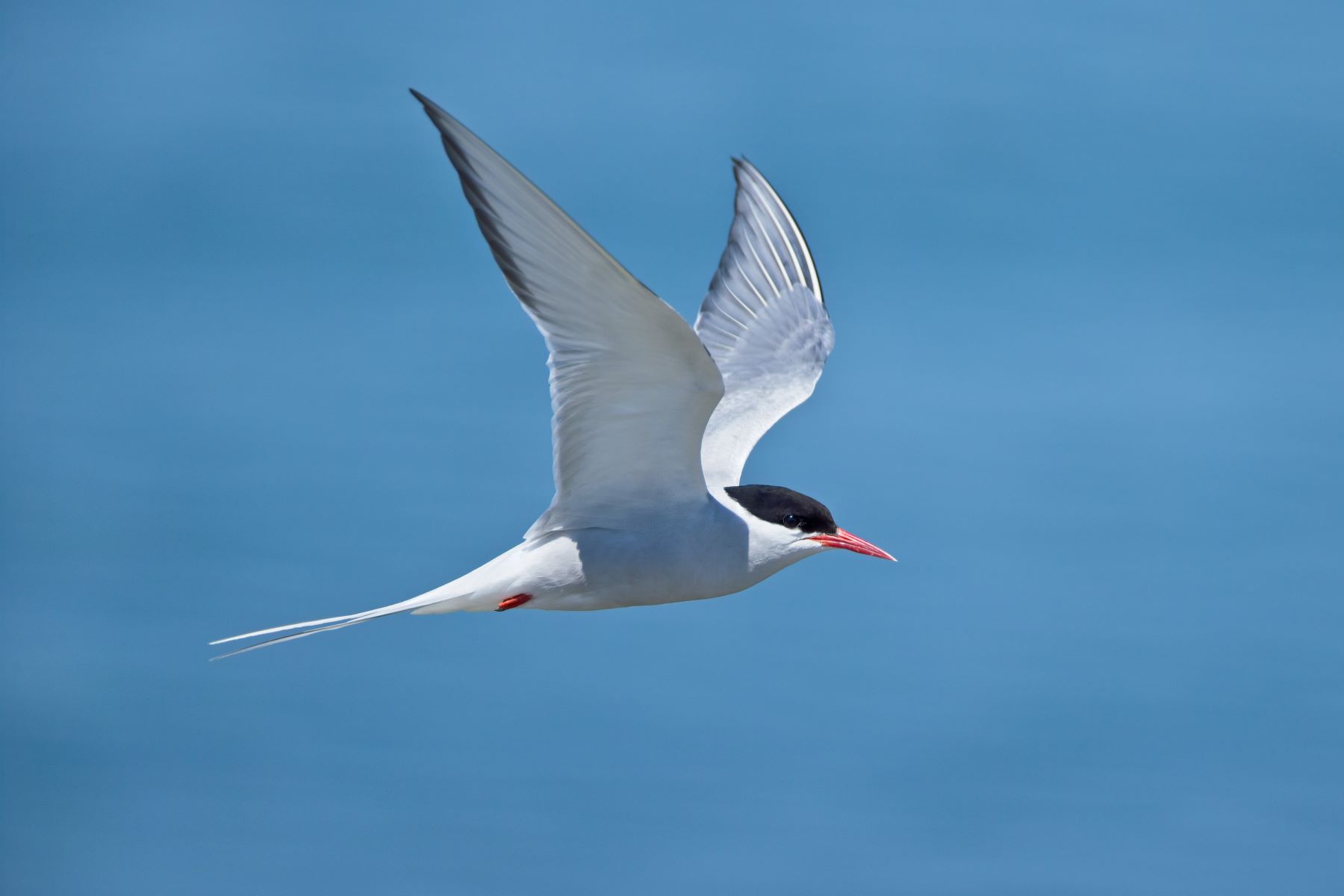
Get ready to be amazed by the Arctic Tern, a bird whose life is an epic journey. Known for the longest migration of any animal, this feathered globe-trotter flies from the Arctic to the Antarctic and back every year. Graceful in flight, these birds cover around 25,000 miles annually, experiencing two summers in the process. Adapted to extreme environments, they thrive in freezing Arctic regions and warmer southern oceans. Their navigational skills are mind-blowing, utilizing the Earth’s magnetic field and sun’s position to chart their course. Curious to learn more about this avian marvel? Click on the link for fascinating details.
Read More About Arctic Tern: 22 Amazing Arctic Tern Facts
Was this page helpful?
Our commitment to delivering trustworthy and engaging content is at the heart of what we do. Each fact on our site is contributed by real users like you, bringing a wealth of diverse insights and information. To ensure the highest standards of accuracy and reliability, our dedicated editors meticulously review each submission. This process guarantees that the facts we share are not only fascinating but also credible. Trust in our commitment to quality and authenticity as you explore and learn with us.
